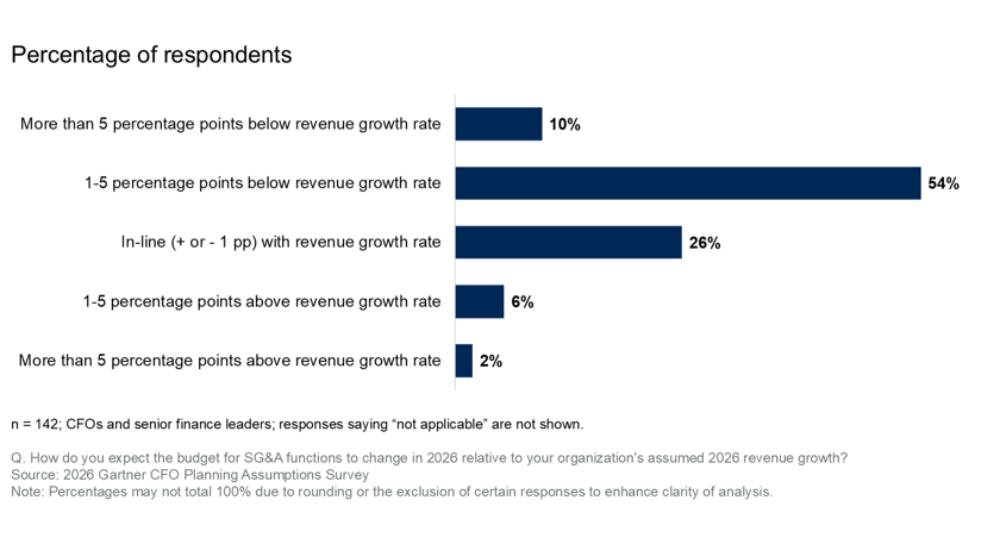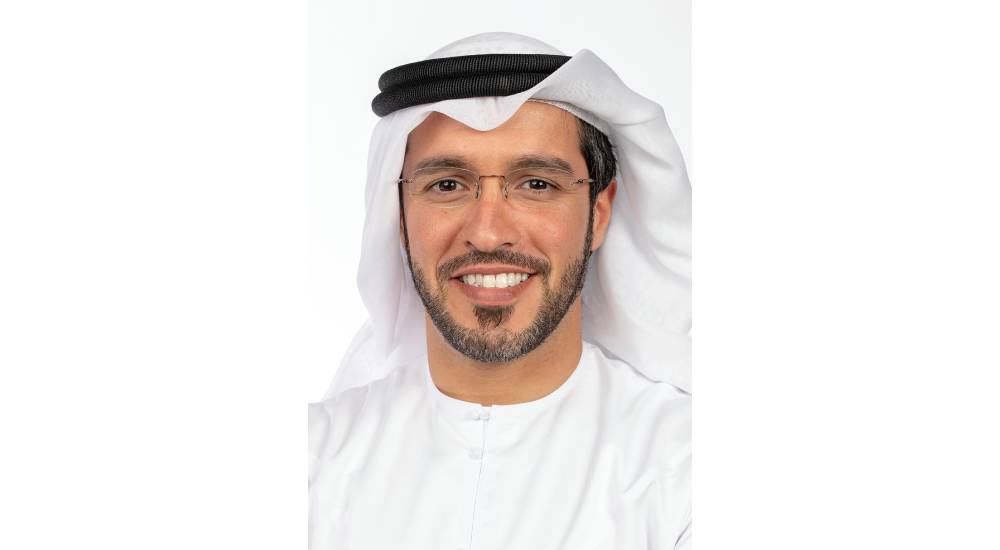Over the past ten years, capital expenditure projects, both brownfield and greenfield, have become more complex and challenging due to many factors, not limited to ever-changing environmental, societal and government standards and requirements, increased end-product specialisation, and a move towards larger, more distributed global project teams.
As a result, industrial capital projects are commonly delivered over-budget and beyond the originally planned project schedule by an average of 20 months or more. Pile on a common project design and execution approach that involves the use of outdated technologies and methodologies, disconnected systems and tools, siloed working with lack of data integration, and duplicity in data creation, and an industry for change is revealed.
As the industrial sector emerges from the global pandemic with a clearer view of future process plant, and market requirements, operators and their engineering, procurement and construction contractors have doubled down on digital transformation to build the plant of the future.
The digital twin of a plant captures the as-is version of the physical plant digitally, and can help to generate the necessary insights to drive savings, improve safety, sustainability and productivity, and enhance the overall asset life cycle.
As companies adjust to new market demands and shift to cleaner operations and more sustainable end-products, the majority of the capital projects that will be delivered in the next couple of years are planned for existing, aging, or operational assets.
Unlike on a greenfield or net-new project, when forming the digital twin on an existing asset, sometimes called a brownfield asset, there will already be data in place from when it was designed and constructed, and there are likely years of operational and maintenance data to consider as well.
All this data is commonly spread across disparate systems, in multiple versions, and may even be conflicting, but when aggregated and contextualised, it becomes a strong foundation for the asset’s digital twin.
On an existing, operational asset, there are two critical elements to getting the most out of your digital twin. The first is to systematically connect engineering data from the plant as it stands today. Laser scanning of the physical plant is particularly useful here to quickly and accurately create or verify the 3D model, which has likely changed from how it was originally designed.
It is ideal to also incorporate all available process simulation data, material and equipment specs, and construction and fabrication vendor data, as well as any operational data collated over time to gain a contextualised understanding of your plant and how it behaves.
The second critical success factor is to deploy on a secure cloud platform to make verified, up to date asset data accessible to internal teams and external contractors around the world. Aggregating asset data into a cloud platform is like joining the dots between related information from different places.
It aligns all teams around a single source of truth no matter where they are based in the world. This allows for faster and more precise decision-making capabilities and reduces the possibility of expensive errors at the end of the project.
Lack of data integrity or access to trusted data can be disastrous, especially for brownfield and maintenance projects, with costly consequences when planned operations are expected to be resumed and do not happen, or worse, it could become a factor in missed regulatory compliance issues or safety incidents later on.
Whether executing a project or gathering project data to form the digital twin, the approach remains the same. A strongly integrated approach to the technologies that create and utilise your data is crucial. This should include process simulation, equipment lists, P&IDs and Diagrams, and the 3D model as well as vendor, procurement and construction information.
This data-centric strategy minimises leakages from offline collaboration, reduces the time spent finding and verifying data, and provides deeper understanding of processes that would otherwise stand alone in the legacy, disparate approach. Integrating the engineering and project data together in a single place is, in effect, the first form of the digital twin.
Incorporating project and asset data into your digital twin strategy creates transparency through digital tools and real-time data sharing to inform and expedite decision making, drive project efficiency and reduce risk while simultaneously enhancing future operations.
In the past, project decisions were based on data generated from a mix of physical and digital documents and reports leading to errors, inconsistencies, and conflicts, ultimately impacting the success of the project, while lending little value to operational decisions.
On operational plants, a scaled-back digital twin strategy may have been developed from a point in time with limited or missing data on its design or construction, or more commonly, prioritised for future greenfield projects only.
Putting data at the center of your asset strategy disrupts the way all project and operations stakeholders work and collaborate. When data is continuously shared to the core of the digital twin as it is generated and all documents and reports are created from the latest version of that data, the insights you extract can be trusted to make and implement decisions quickly and with complete confidence.

And if that is not enough, the efficiency gains from this approach translates to ten, or even fifteen, percent savings on the total installed cost of a typical capital project.
Key takeaways
- The digital twin of a plant captures the as-is version of the physical plant digitally.
- When forming the digital twin on an existing asset, sometimes called a brownfield asset, there will already be data in place.
- Project were based on data generated from a mix of physical and digital documents and reports leading to errors, inconsistencies.
- Aggregating asset data into a cloud platform is like joining the dots between related information from different places.
- Whether executing a project or gathering project data to form the digital twin, the approach remains the same.
- Majority of the capital projects that will be delivered in the next couple of years are planned for existing, aging, operational assets.
Incorporating project and asset data into digital twins creates transparency through digital tools and real-time data sharing to expedite decision making.




